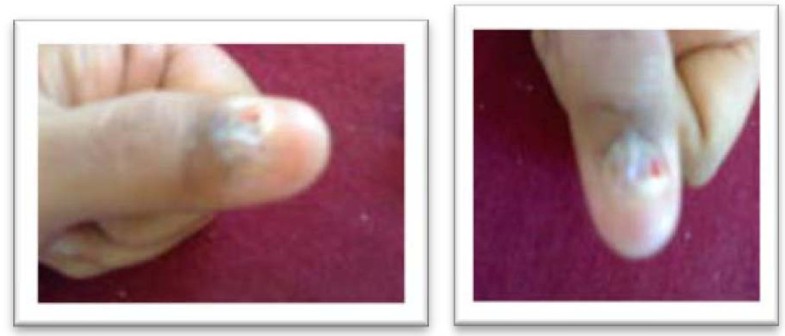

the presence of other sexually transmitted infections (STIs)Īlthough it is possible to transmit HIV through the following activities, the chance is low:.Mouth-to-penis oral sex may carry the highest chance of transmitting HIV, but the chances are still very low.įactors that may increase the chance of contracting HIV via oral sex include: The CDC note that there is little to no risk of contracting HIV via oral sex. Having a vaginal infection may also increase the risk of transmission. insertive penile-vaginal intercourse: 0.04%.receptive penile-vaginal intercourse: 0.08%.The chances of contracting HIV via vaginal sex are as follows: HIV can also be contracted from the vaginal fluid and blood through the opening of the penis, the foreskin, and small cuts and scratches or open sores. Limited research is available on the rates of HIV transmission via insertive penile sex in a neovagina. HIV can be contracted through the lining of the vagina and cervix if their sexual partner’s bodily fluids, such as semen and pre-seminal fluid, carry HIV. Vaginal sexĮither sexual partner can contract HIV via vaginal sex. Having a rectal infection like herpes may also increase the risk of transmission. The insertive partner may contract HIV via the urethra or small cuts, scratches, and open sores on the penis.

This is because the lining of the rectum is thin and easily injured. The chance of contracting HIV via anal sex is as follows:Īlthough both can contract HIV via anal sex, the receptive partner has a higher chance. The CDC notes that anal intercourse, regardless of a person’s gender identity or sexual orientation, is the riskiest type of sex for HIV transmission. Some activities carry a higher chance of contracting HIV than others.


 0 kommentar(er)
0 kommentar(er)
